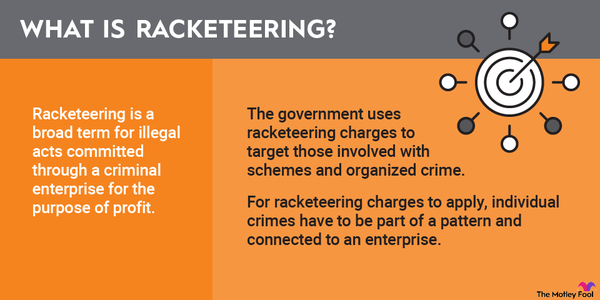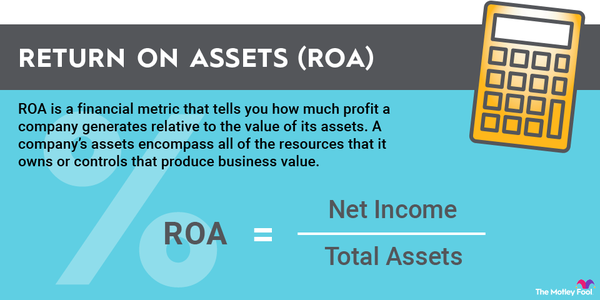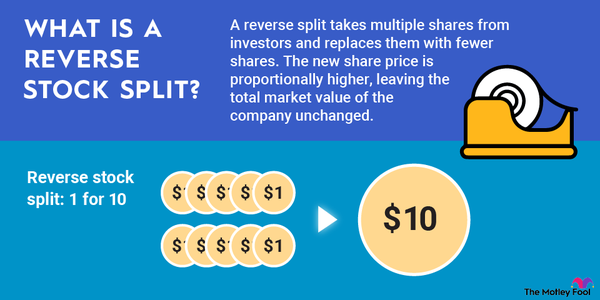Many people are aware of the basic tax advantages of investing for retirement in accounts like individual retirement accounts (IRAs) and 401(k)s. If you have a traditional (pre-tax) retirement account, your contributions may be tax-deductible in the year they were made; with after-tax (Roth) accounts, any eventual qualified withdrawals can be completely tax-free.

Money in retirement accounts can also grow over time without any dividend or capital gains taxes each year. In addition to these benefits, there's one that isn't quite as well-known. The Retirement Savings Contributions Credit is designed to further incentivize low- to middle-income families to save money for retirement.
What is it?
What is the Retirement Savings Contributions Credit?
The Retirement Savings Contributions Credit, more commonly referred to as the Saver's Credit, is designed to encourage lower-income households to save and invest money for retirement.
The credit can be worth as much as $1,000 per person. If a married couple qualifies, both spouses can take the credit, making it worth as much as $2,000 per household. The credit is calculated as a percentage of as much as $2,000 in retirement account contributions, and the credit can be 50%, 20%, or 10% of qualifying contributions, depending on income (more on that in the next section).
Who qualifies?
Who qualifies for the Saver's Credit?
Two basic qualifications must be met to get the Saver's Credit: You must make a qualifying retirement account contribution for the tax year, and your income must fall under specific thresholds. So, let's examine these one at a time.
Retirement contributions can be made to a traditional or Roth IRA or a qualified employer-sponsored retirement plan, such as a 401(k), 403(b), 457(b), SIMPLE IRA, or the federal Thrift Savings Plan. They must be new contributions (rollovers don't count) and money that you contribute -- money your employer matches or contributes on your behalf doesn't count.
Here's a table showing the income ranges for the various credit percentages.
| Credit Percentage | Married Filing Jointly | Head of Household | Single |
|---|---|---|---|
| 50% | $46,000 or less | $34,500 or less | $23,000 or less |
| 20% | $46,001 to $50,000 | $34,501 to $37,500 | $23,001 to $25,000 |
| 10% | $50,001 to $76,500 | $37,501 to $57,375 | $25,001 to $38,250 |
| 0% | Over $76,500 | Over $57,375 | $38,250 |
In addition to the contribution and income requirements, you must also be older than 18, not a full-time student, and not claimed as a dependent on someone else's tax return.
Example
Example of how much it can be worth
As mentioned, the Saver's Credit can be worth as much as $4,000 per household, but it's also important to note that most people don't get the maximum amount. So, here's a closer look at how it might work in the real world.
Let's say you’re a married couple with an adjusted gross income of $75,000 in 2024. Each spouse contributes more than $2,000 to their employer's 401(k) plan.
This income level puts them in the 10% multiplier. Since the two spouses have a total of $4,000 of qualifying retirement contributions, they would be entitled to a tax credit of $400 for the 2024 tax year.
Related investing topics
Free money to save for retirement
The Saver's Credit literally provides free money to help qualifying taxpayers save for retirement. And you don't need to do anything particularly extraordinary to get it. Simply contribute money to your employer's retirement plan or create a retirement account of your own. When combined with the other tax advantages of retirement saving, the Saver's Credit is definitely worth using.
















































